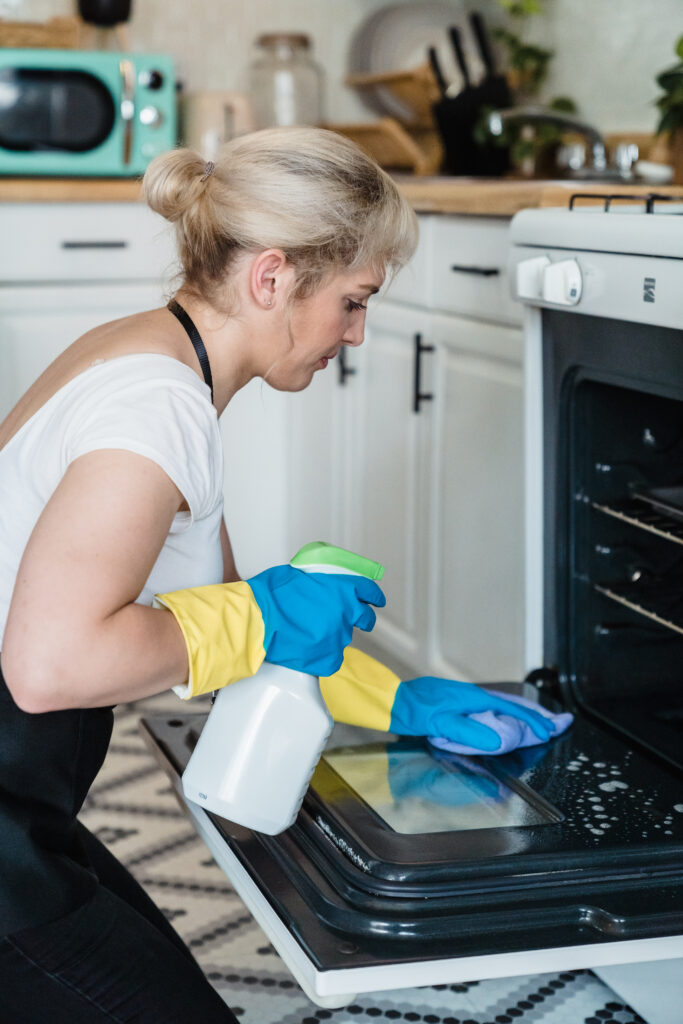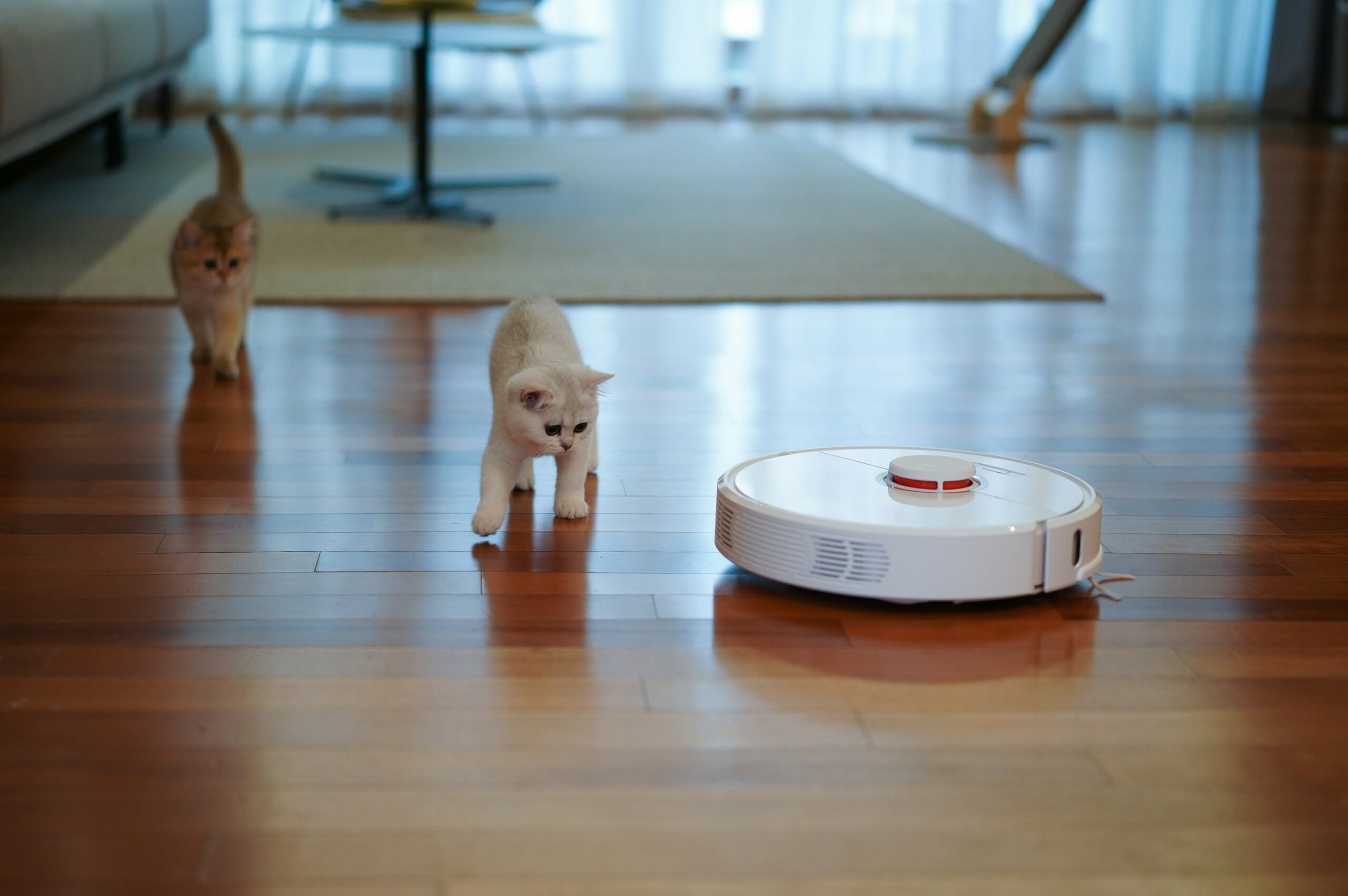Your oven is a huge investment that should be kept safe and up to date for it to last long.
Maintaining your oven regularly helps avoid incurring extensive replacement costs.
Through regular cleaning and upkeep, your oven is sure to live up to its lifespan. This post outlines crucial
oven maintenance tips you should know:

Regular Cleaning
Regular cleaning is the basic tip to ensure your oven stays in good condition. Cleaning your oven
helps remove food debris, grease, and grime caused by accidental spills.
But how often should you clean your oven?
The recommended schedule for cleaning your oven is deeply cleaning it three to four times every
year.
However, it’s essential to wipe it three times a week to wipe daily accidental spills that occur when warming your food.
When cleaning, look for signs like debris buildup and a deformed burner. These signs can lead to oven fires, malfunction, and increased energy bills.
You can clean your oven using a baking powder paste, a mixture of pumice and water, boiling water, ammonia, or a mixture of baking soda and vinegar.
While jumping into your oven and cleaning it in the morning is tempting, it’s usually not recommended as harmful chemical fumes are produced overnight. To effectively clean your oven, follow this procedure:
- Ensure your oven is unplugged, switched off, and cooled down.
- Make your cleaning solution; the simplest option is to use baking soda and water. Mix half a cup of baking soda with a few spoons of water until you get a toothpaste-like solution.
- Using a damp cloth, cover your entire oven with the solution, including the glass door, and let the solution sit there overnight. Meanwhile, clean your oven racks thoroughly to eliminate grease and debris.
- In the morning, wipe down the oven using a damp cloth.
- Put vinegar in a spray bottle and spray it all over the oven. Now wipe clean the oven until all baking soda residue is removed.
It’s important to note that you shouldn’t remove your knob burners as the cleaning solution can damage the oven when it enters behind the knobs. Also, don’t use the oven until it’s completely dry.
Replace Your Oven Burner
Like other items in your kitchen, your oven is valuable equipment that needs proper maintenance
to function normally.
The average cost of a new oven ranges from USD$300 to USD$2,500 and lasts 10 to 15 years. During the entire lifespan, all you might need is to replace your burner when it defaults.
The burner can be easily unplugged and replaced with a new one instead of replacing
your entire oven. But how can you know that your burner isn’t working?
Below are some signs that your burner is damaged.
- Visible signs like cracks, burns, or blistering are obvious signs that your burner is the problem. In this case, remove the burner frequently to check these signs.
- A dirty oven can lead to heavy grime and grease accumulation in the burner, causing it to malfunction.
- When the burner doesn’t portray a bright orange color when hot, it indicates that your burner is damaged and needs replacement.
- You have increased energy bills. When your burner has issues, it starts overheating causing a significant difference in your monthly electric bill.
- Half-cooked food is also a sign that your burner isn’t working and needs to be replaced.
Inspect And Replace Oven Gasket
A gasket helps your oven door seal correctly to help retain heat inside the oven. A defaulted
gasket implies that the oven has to strain to reach the heating temperature.
You’ll know your oven gasket needs replacement when you notice the following issues.
- Unevenly heated food, food taking longer to heat up, or the oven failing to reach the required temperature.
- Feeling heat escaping from the door when your oven is in use, especially when cooking under high temperatures.
- Increased energy bills, as the oven, works extra hard to reach the desired temperature.
To replace your oven gasket, you’ll need small pliers, non-abrasive cleaners, a damp cloth, and a screwdriver. Use the manufacturer’s installation manual to check the correct installation procedure.
If you don’t have one, you can download it online for reference. Also, ensure that the oven is cool and unplugged before working on it.
Calibrate Your Oven
Oven calibration entails re-adjusting your oven temperature settings to ensure the oven temperature inside matches the settings chosen.
To calibrate your oven, you’ll need an oven thermometer to help check oven temperature fluctuations repeatedly over 10 minutes intervals.
After determining how the fluctuations change, refer to the owner’s manual to calibrate the oven
yourself.
If you can’t find the manual, use simple math to compensate for the fluctuations. This
is by setting the temperature higher or lower of the fluctuating degrees.
Conclusion
Your oven is a huge investment that requires special care and maintenance, like your phone or
car. Consider the tips above and practice regular maintenance to prolong its lifespan and enjoy a
flawless performance.






